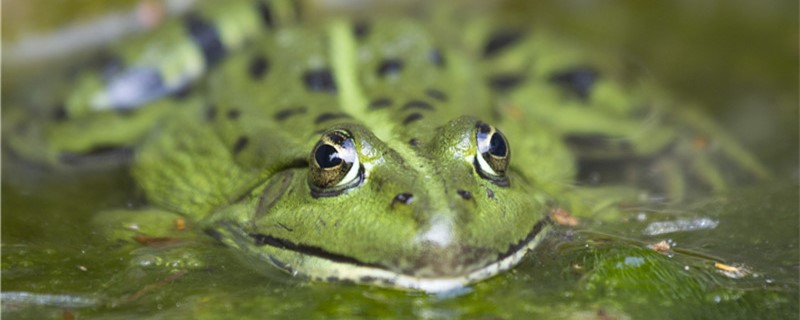 1. Can frogs breathe in the water all the time
1. Can frogs breathe in the water all the time Frogs are amphibians, and the situation is very different during their different stages of growth. Compared with the adult stage, there are great differences not only in appearance, but also in body structure. For example, when they were tadpoles, they lived in the water all the time and could not leave the water. It is precisely because their respiratory organs at this stage are gills that they can breathe in the water all the time like fish. However, when they grow up to the frog stage, they don't breathe through gills, but develop an organ except lungs and breathe through them.
At this point, the frog can't breathe in the water. Some people think that frogs can breathe because they can move in water, but they are not. Some of the air left in frogs' lungs can be used in the water for a period of time, during which they can stay in the water, but when the air is exhausted, frogs must go out to breathe, otherwise they will be at risk of drowning.
2. Will frogs die in water all the timeAs mentioned above, frogs breathe with their lungs, which are their main respiratory organs, so they can't breathe in water, so they can't take in fresh air. The air in the lungs can keep them moving in the water for a period of time, but if it lasts for a long time, their bodies will not be able to get fresh oxygen. At this time, they may be at risk of drowning, and if the time is long enough, they may also be at risk of drowning. Of course, frogs usually breathe out of water before the air in their lungs runs out.